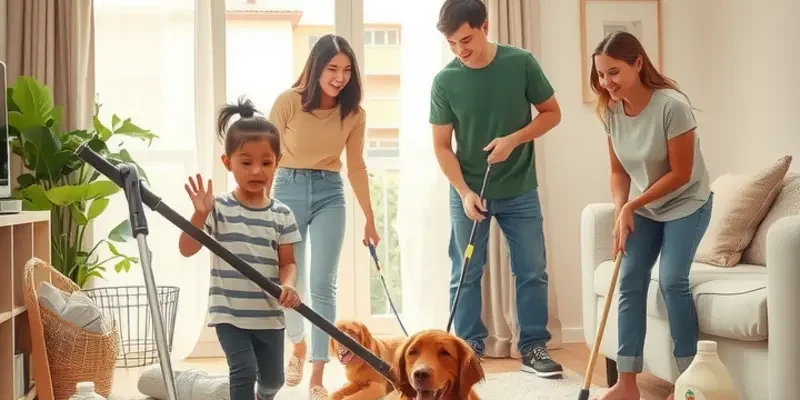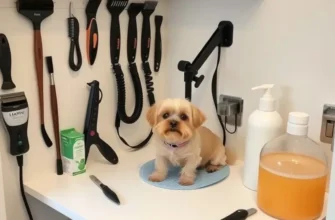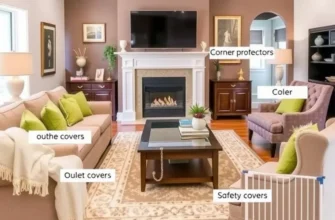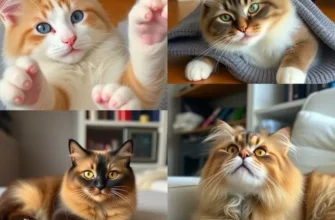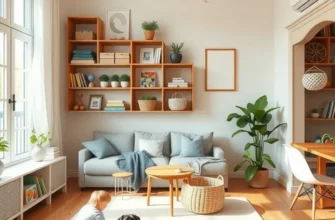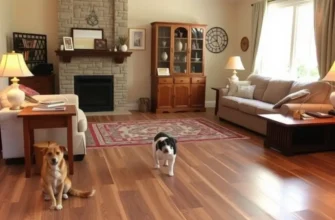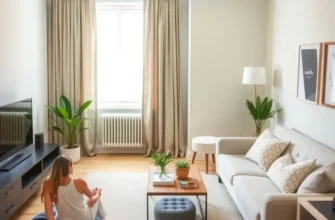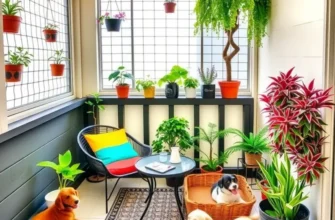Living in a rental with pets can present unique challenges, and one of the primary concerns for families and pet owners alike is managing pet odors. For couples navigating life in a shared apartment or families raising children in a pet-friendly rental, ensuring a fresh and inviting atmosphere is crucial. Odors from pets might be bothersome, but with a bit of strategy and care, you can maintain a welcoming home that feels cozy and vibrant. This guide aims to provide you with effective, practical steps to not only eliminate unwanted smells but also to establish a harmonious living space for both your children and pets. Let’s dive into the world of pleasant scents, holistic cleaning solutions, and the best practices for keeping your rental odour-free and delightful for everyone who enters your home.
Creating a Pet-Friendly Cleaning Routine
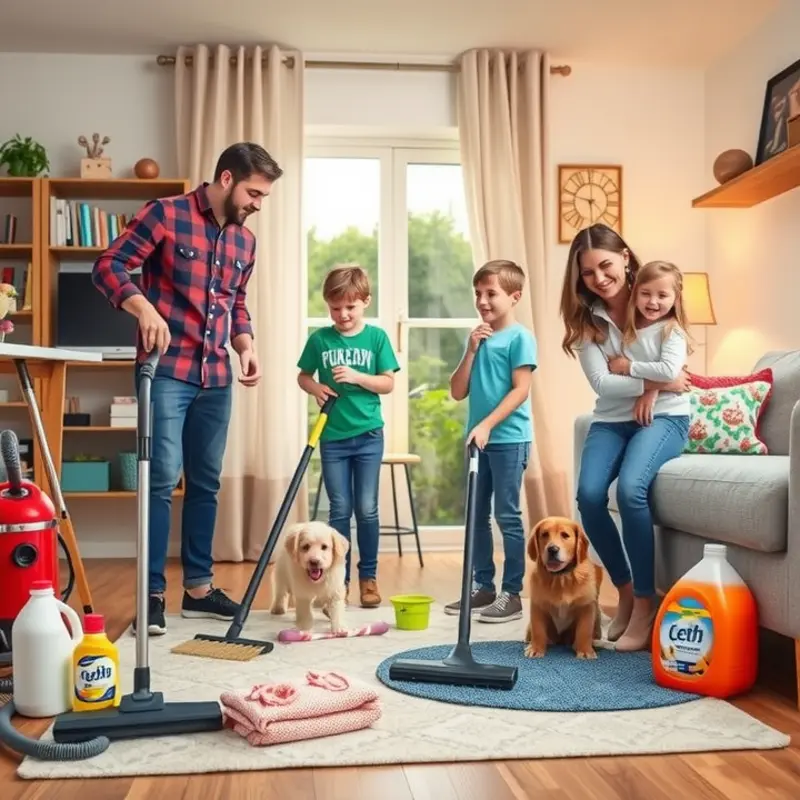
Managing pet odors effectively requires establishing a consistent cleaning routine that respects the needs of both your family and furry companions. Start by recognizing how regular maintenance can prevent odors from settling in and becoming more challenging to tackle later on. Here’s how you can integrate important cleaning methods into your weekly schedule.
Vacuuming is the cornerstone of a pet-friendly cleaning routine. Pet hair and dander accumulate quickly, especially in carpets, rugs, and upholstered furniture. To eliminate them efficiently, choose a vacuum with strong suction and a high-efficiency particulate air (HEPA) filter. A HEPA filter traps fine particles, which are often responsible for lingering odors and can improve the air quality in your home. Commit to vacuuming at least twice a week, focusing on high-traffic areas where your pets frequently lounge or play.
When it comes to cleaning products, prioritize those that are pet-safe. Some traditional cleaners can contain substances harmful to animals. Look for eco-friendly options free from ammonia, chlorine, and other harsh chemicals. Baking soda is a versatile staple for neutralizing odors on carpets; simply sprinkle it on, let it sit for a few minutes, then vacuum it up. For hard surfaces, a mixture of vinegar and water can clean and disinfect without leaving toxic residues. Incorporate these solutions into your routine to keep your surfaces fresh and safe for all inhabitants.
Mapping out a cleaning schedule can make the task feel less overwhelming and more manageable. Designate specific days for different tasks: perhaps Monday for dusting, Wednesday for deep cleaning furniture, and Saturday for mopping all the floors. This approach ensures that cleaning doesn’t become an arduous weekend marathon and helps maintain a consistently clean environment.
Additionally, consider setting up spaces in your home that cater specifically to your pets’ comfort. Designated pet zones can help confine potential messes to contained areas, making cleanup easier. These zones could include a special feeding station where spills are anticipated and able to be easily addressed. For guidance on setting up feeding stations in apartments, check out this informative article.
By adopting these practices, you not only address odors but also enhance the harmony between you and your pets. A thoughtfully planned cleaning routine reduces stress and ensures everyone in your home thrives in a fresh and welcoming space.
Odor Prevention and Home Design Tips

Managing pet odors begins with thoughtful choices in home design. By focusing on prevention, you create a welcoming environment free from persistent smells. Start by evaluating your furniture. Materials like leather and tightly woven fabrics can reduce odor retention. They’re easier to clean and less likely to absorb unwanted smells compared to plush fabrics.
Incorporating air purifiers can further enhance indoor air quality. Choose purifiers with HEPA filters to capture pet hair and dander effectively. This can significantly decrease airborne particles contributing to odors. Strategically place these purifiers in areas where your pets spend most of their time, like a living room or bedroom.
Designated pet areas offer another practical solution. Setting up specific zones for your pets to eat, sleep, and play can contain odors and mess to certain areas. For instance, consider designing a pet feeding station that is easy to clean and keeps food spills and smells to a minimum.
Opt for flooring that is durable and easy to clean, such as tiles or sealed hardwood. These materials resist odor absorption better than carpeted surfaces. If you prefer rugs, choose those that are washable and made from natural fibers, as they tend to hold less odor over time.
Wall treatments also play a role in managing odors. Painting walls with odor-resistant paints can help. They are formulated to neutralize smells as they occur. For added style, consider renter-friendly wall treatments that are easily removable, allowing for frequent updates without commitment.
Lastly, ensure your home’s ventilation system is efficient. Regularly replace air filters and keep vents clear of dust and pet hair. This practice promotes better air circulation and minimizes musty smells. By embracing these patterns, you can craft a space that celebrates both function and style, keeping pet odors at bay while ensuring an inviting atmosphere for both family and friends.
Final words
Managing pet odors in your rental doesn’t have to be an overwhelming task. With a consistent cleaning routine and thoughtful design choices, you can create a joyful living environment that feels welcoming to both your family and pets. By incorporating simple habits like regular grooming for your pets, using effective deodorizers, and choosing the right materials for your home, the space can remain fresh and pleasant. Remember, a happy home is one that balances the needs of your furry friends with the comfort of your loved ones. Let these tips empower you to take action and enhance your living experience.

